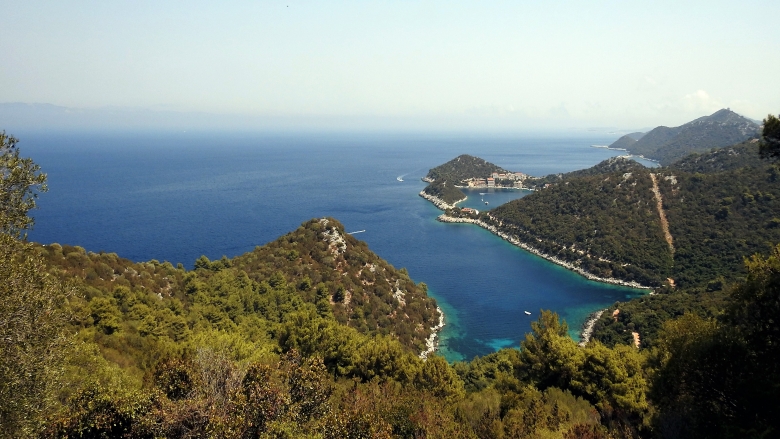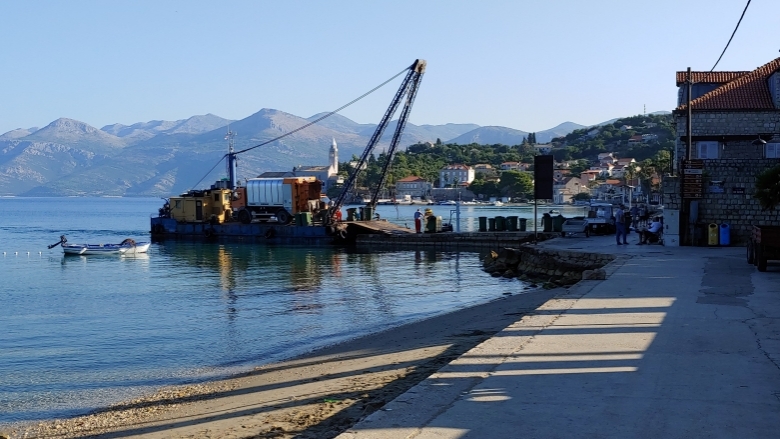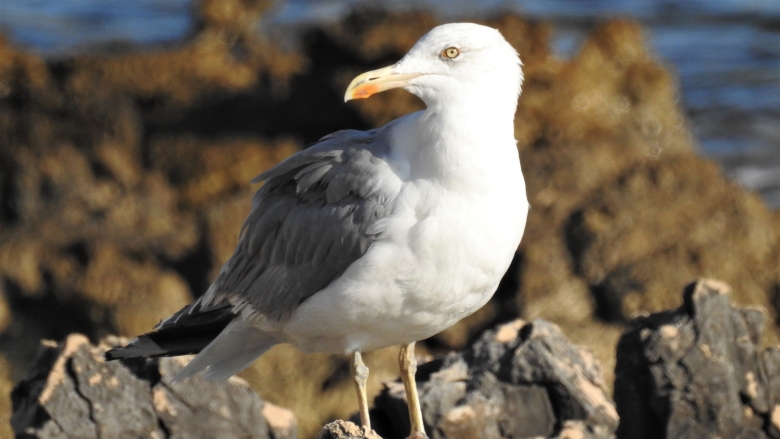A magnificent coastline, dramatic mountain landscapes, unique karst limestone topography, and distinctive marine and terrestrial ecosystems have endowed Croatia with one of the highest ratios of natural capital per capita in Central and Eastern Europe. Economic sectors, including tourism, fisheries, agriculture, food processing, wood, and the petrochemical industries all depend substantially on these natural resources. The downside is that economic activities increase pressure on these natural resources, many of them non-renewable.
A new report on the cost of environmental degradation (CoED) in Croatia calculates the costs related to a number of key impact areas: the loss of ecosystem services, inadequate waste and wastewater management, marine litter, air pollution, and the environmental impacts of tourism. The annual cost of environmental degradation in Croatia is estimated at an average of EUR 150 million per impact area addressed. The loss of ecosystem services – i.e. the benefits to human society derived from natural resources, including the values of the annual loss of timber and other services provided by forests, the sequestration of carbon, water supply for hydropower, and pollination - is estimated at EUR 90 million. Ecosystems in Croatia provide vital services and are the foundation for economic growth, including the development of the tourism industry. The CoED estimates can inform the development of interventions to reduce the large economic impact of environmental degradation.




